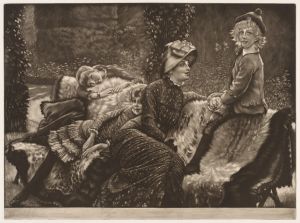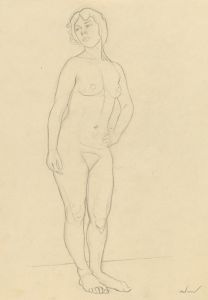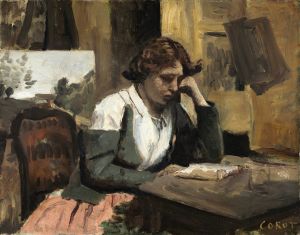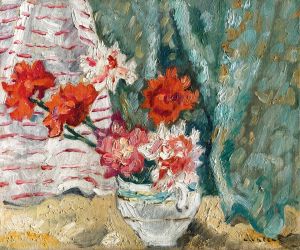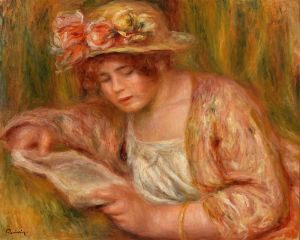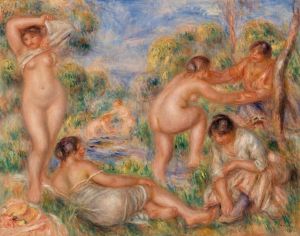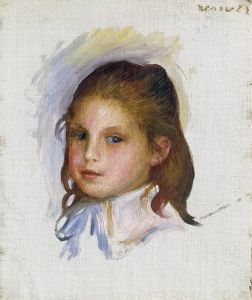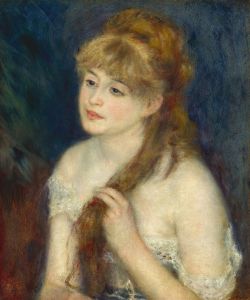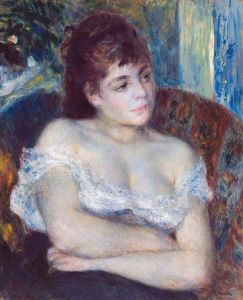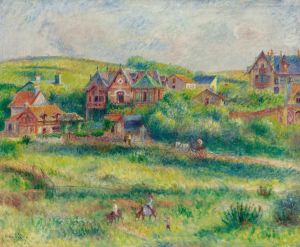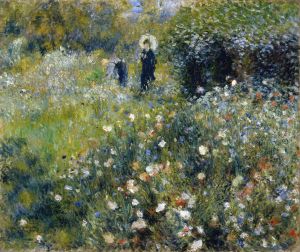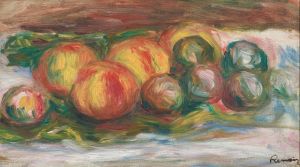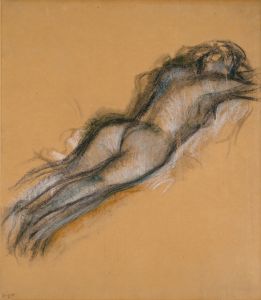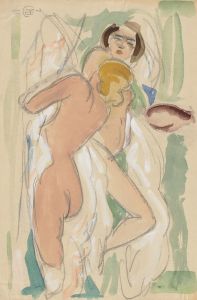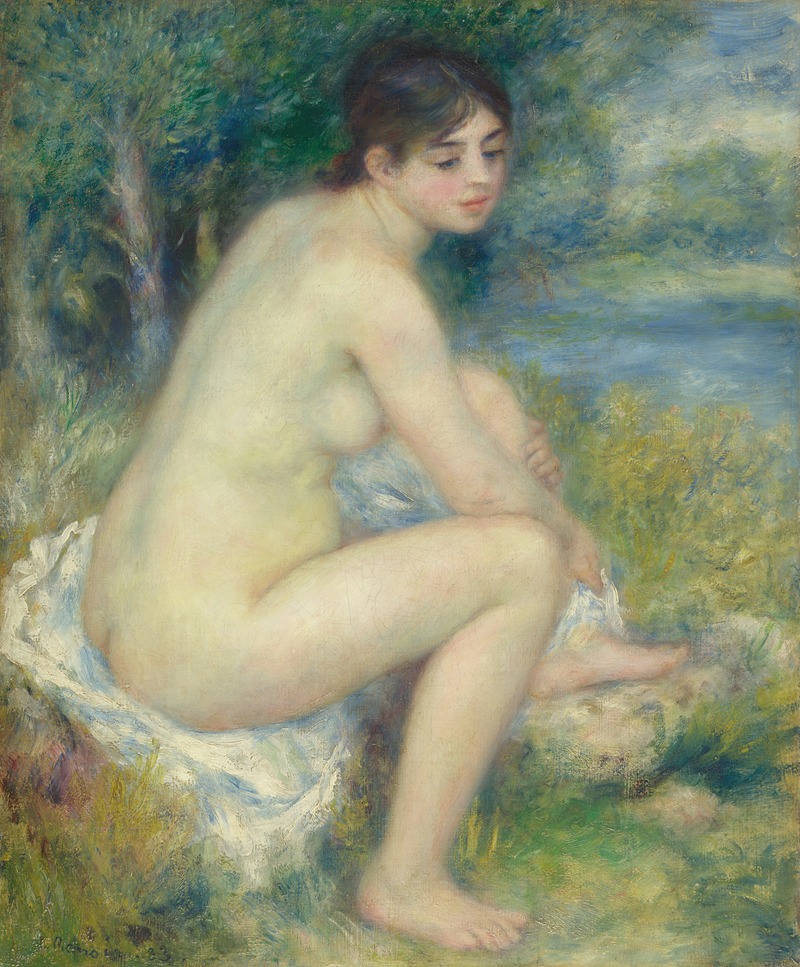
Femme Nue dans un Paysage
A hand-painted replica of Pierre-Auguste Renoir’s masterpiece Femme Nue dans un Paysage, meticulously crafted by professional artists to capture the true essence of the original. Each piece is created with museum-quality canvas and rare mineral pigments, carefully painted by experienced artists with delicate brushstrokes and rich, layered colors to perfectly recreate the texture of the original artwork. Unlike machine-printed reproductions, this hand-painted version brings the painting to life, infused with the artist’s emotions and skill in every stroke. Whether for personal collection or home decoration, it instantly elevates the artistic atmosphere of any space.
Pierre-Auguste Renoir, a leading figure in the Impressionist movement, is renowned for his vibrant light and saturated color, most often focusing on people in intimate and candid compositions. One of his works, "Femme Nue dans un Paysage" (Nude Woman in a Landscape), exemplifies his mastery in portraying the human form with a sense of warmth and sensuality.
"Femme Nue dans un Paysage" is a painting that captures a nude female figure set against a natural backdrop. Renoir's approach to the nude was often characterized by a softness and a focus on the beauty of the human form, and this painting is no exception. The woman is depicted in a relaxed pose, her body harmoniously integrated with the surrounding landscape. This integration of figure and environment is a hallmark of Renoir's work, reflecting his interest in the interplay between humans and nature.
The painting showcases Renoir's skillful use of color and light. The palette is typically warm, with soft, glowing skin tones that contrast with the cooler hues of the landscape. Renoir's brushwork is loose and fluid, a technique that allows him to capture the fleeting effects of light and atmosphere, a key characteristic of Impressionism. The dappled light on the woman's skin suggests sunlight filtering through leaves, adding a dynamic quality to the scene.
Renoir's depiction of the female nude was often inspired by classical themes, yet he imbued his subjects with a modern sensibility. Unlike the more formal and idealized nudes of earlier art, Renoir's women are approachable and real, often portrayed in moments of quiet introspection or casual repose. This approach reflects a shift in the portrayal of the nude during the late 19th century, as artists began to explore more personal and intimate interpretations of this traditional subject.
The setting of "Femme Nue dans un Paysage" is typical of Renoir's work during this period, where he often placed his figures in lush, idyllic landscapes. These settings not only enhance the beauty of the figure but also create a sense of harmony and tranquility. The natural environment serves as a backdrop that complements the curves and contours of the human body, emphasizing Renoir's belief in the connection between humanity and nature.
Renoir's nudes, including "Femme Nue dans un Paysage," were sometimes met with controversy due to their sensuality and the artist's unabashed celebration of the female form. However, they were also celebrated for their beauty and technical brilliance. Renoir's ability to convey the softness and warmth of flesh through paint was unmatched, and his nudes remain some of the most admired works in his oeuvre.
"Femme Nue dans un Paysage" is a testament to Renoir's enduring fascination with the human figure and his ability to capture its beauty with sensitivity and skill. The painting reflects the artist's commitment to exploring the nuances of light and color, as well as his dedication to portraying the human form with grace and elegance. Through this work, Renoir continues to captivate viewers with his unique vision and artistic prowess, solidifying his legacy as one of the great masters of Impressionism.





